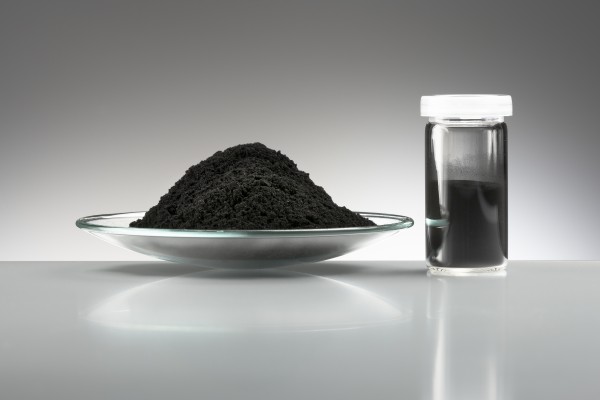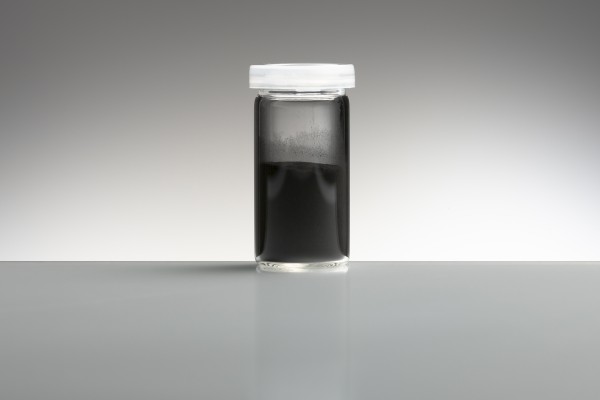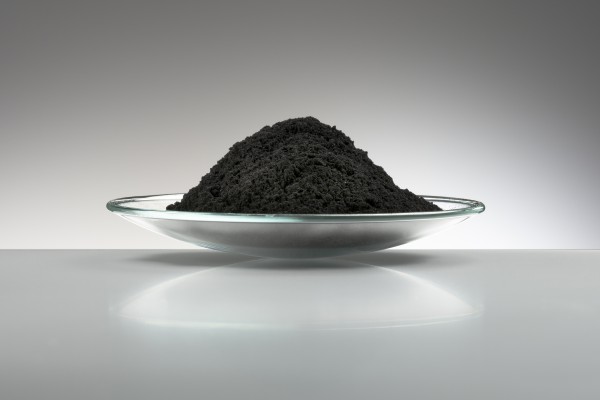However, it’s not only PEM electrolysers and fuel cells that Heraeus works with. Rather, Heraeus is engaged with many other parts of the hydrogen value chain. For example, Heraeus is engaged with gas purification catalysts, in which precious metals are required, as well as hydrogen storage and transport, for example involving ammonia.
"Specifically, we’re looking into the process in which hydrogen gas is converted into liquids so hydrogen can be transported," Christian says.
Transportation of hydrogen is crucial for mobile applications, especially when there is no re-fill possibility just around the corner. Think of maritime, where for long distances there is no possibility to recharge batteries or refuel. For this kind of applications R&D is working on storing the hydrogen atoms within ammonia. To transform the hydrogen to ammonia and then back into hydrogen again, precious metals catalysts are applied.
Beyond the catalysts itself, Heraeus is also working to improve recycling processes for electrolysers and fuel cells. Currently, getting fuel cells back from the market for recycling is not well structured, and a new strategy will be needed. "Bringing end of life materials back into the loop will be a crucial aspect to manage the supply and has to be part of a raw material strategy for the hydrogen ramp up."
But Christian is confident.
"From our perspective, we are already well developed in managing the recycling of precious metals throughout the hydrogen value chain. We’re excited to make it happen, for a more sustainable future."
To view the full issue of The Hydrogen Standard magazine, visit their website here.






